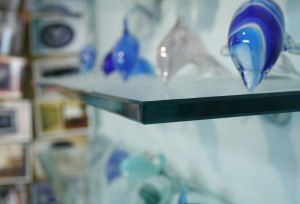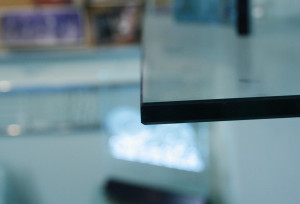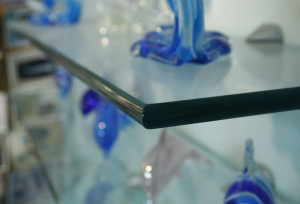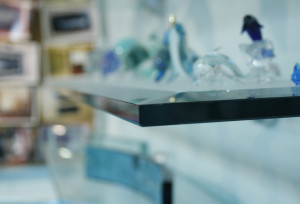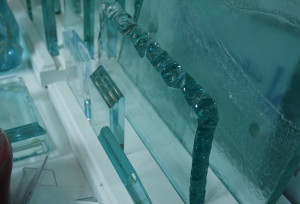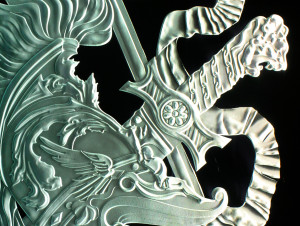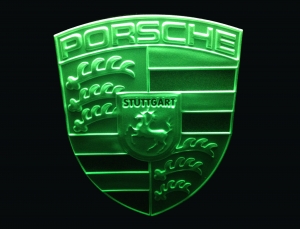Glass Graphics, Inc.
585 Cobb Parkway S.
Suite F-1
Marietta, GA 30060
(770) 426-4922
Glassary (Glass Terminology)
There are several types of glass, polishes, and edges to choose from. Please feel free to contact Glass Graphics with questions. If you would like a quick explanation, then you are at the right place! Please view our “Glassary” for some “glassy” definitions.
Flat Polish
Probably the most common edge. It is a clean, straight, simple contemporary edge whereby the edges of the glass are cut and polished at a straight 90 degree angle to the flat surface of the glass. Note- the extreme top and bottom of this edge type has a tiny 45 degree ‘Arris’ (only about 1/16” wide). Some folks refer to this as a “bevel” but technically it is not (See beveled edge below). The purpose of the arris is to reduce the sharpness of the edge. Any thickness of glass from ¼” or thicker can be flat polished.
Pencil Polish
A clean, common and contemporary look, the pencil edge has a slight curve, looking similar to a parenthesis ( ). The name comes from looking down the edge of a pencil. If you would hold a pencil, straight on, in front of your eye, you would see the curved edge of the pencil. Any thickness of glass from 1/4” or thicker can be pencil polished.
Beveled Edge
A classic and traditional look, a beveled edge means that typically the last 1” wide perimeter of the glass will be slanted, or sloped, downward. A 1” wide bevel is the most common, although sometimes you will see bevel widths ranging from ½” wide to 1-1/2” wide. Any thickness of glass from ¼” or thicker, can be beveled.
Ogee Edge
Ogee edges are classic and traditional; they mimic common edgework found in the woodworking industry typically found on furniture tops. The shape of the Ogee is like that of a soft ‘S’ curve. Some in the woodworking industry refer to this as a “Classic edge”. Glass must be at least ½” or ¾” in thickness to have an Ogee edge, (although ¾” looks by far the best).
Bark Edge
Unique to Glass Graphics, no 2 are ever alike. Bark edges resemble small, randomly shaped bites, cut out of the perimeter edges of the glass. Each piece and each ‘bite’ is totally crafted by hand to give you a one-of-a-kind glass piece. Typically the glass will need to be ½” or ¾” in thickness to see the full effect of the bark. 3/4” thick shows the biggest bites and depths in Bark edges. This thickness has, by far, the most profound and dramatic look. This Bark edge can also be polished or frosted for effect.
Smoked Glass
This is a commonly incorrectly utilized term and is typically not even used by professionals in the glass industry. Some folks refer to a tinted piece of glass as ‘smoked’, while others refer to a frosted piece of glass as ‘smoked’. Technically, neither are smoked. The glass is either clear, tinted or frosted. Tinted glass is tinted typically either gray, bronze or green, (there are a few more tints, but those 3 are the most common) or glass is frosted by sandblasting or filming.
Annealed Glass
Also referred to as plate glass or normal glass. This is the most common glass found today. Its primary use is in windows, picture frames, and small glass pieces. When annealed glass breaks it will break into large, extremely sharp pieces that can cause injury.
Laminated Glass
The second form of safety glass simply laminates 2 or more sheets of glass together, with a clear poly sheet sandwiched in between. These sheets of glass may be annealed or tempered, or a combination of each as needed for the application. The goal of laminated glass is simple. Should either of the panes of glass break, the inner laminate (in the middle of the sandwich) will hold the broken glass together. This is especially useful in high crime areas, banks, teller lines, blast impact areas, hurricane windows, secure government buildings, etc.
Bullet resistant glass is probably the most widely known form and use of laminated glass. Bullet and blast impact glass is most often multiple layers of glass held together by multiple laminates. The thicker the overall glass, the stronger the barrier. These multiple layers are designed to hold the glass together in the event of unwanted projectiles.
Recent technology has allowed the inner layers of laminated glass to be able to be custom printed with graphics.
Starphire Glass
Starphire Ultra clear, low-iron glass, invented by glass industry leader, PPG, is a glass that is even more clear than regular clear glass. If you look at the edge of any piece of normal clear glass, you see a green edge. The thicker the glass, the darker green the edge becomes (similar to a Coke bottle color). You are seeing the iron content in the glass. When you look through thicker glass, things behind the glass will have a greenish tint. PPG has found a way to reduce the iron content in the glass, making it almost totally clear. So when you look through even thick Starphire low iron glass, colors behind the glass will much truer. They will not have the same greenish Coke bottle tinted look. It will be more clear.
Starphire glass has become a top choice for architects and designers combined as it gives a better transfer of color through the glass. Yes, it is a premium glass and can cost typically around 20-25% more than regular clear glass. It is most seen in painted glass applications, art glass applications, dining room tables, glass art pieces, and more.
Glass Graphics frequently recommends and uses Starphire glass when painting (for truer colors) and also for edge lit glass carvings. The light will travel far better and further through Starphire glass than regular clear glass. The carving will light us as a truer white vs a Coke bottle green.
Tempered Glass
The most common form of safety glass. This glass in found in the vast majority of doors, showers, sidelites close to doors and floors, and glass that could be a danger to someone walking by. Tempered glass is 3-4X stronger than regular annealed glass. It is designed to, upon breakage, will break into millions of tiny pieces, (about the size of a pencil eraser) that may slightly cut you but won’t result in serious physical injury, like plate glass could.
Tempered glass starts out as annealed or plate glass, gets cut to size, and totally fabricated, then then finally goes through a tempering oven which heats and cools the glass rapidly. When finally cooled back to room temperature, the glass molecules have bonded tighter together resulting in a stronger and safer glass. Tempered glass will typically have a tempering logo (about the size of a postage stamp) in one corner of the glass, indicating it has been tempered. This logo is many time required to meet building safety codes.
Textured Glass
Acid Etched
Acid-etched glass products off a wealth of opportunities to architects, interior designers and decorators. Acid Etched glass creates a translucent satin appearance which obscures view while maintaining a high level of light transmittance.
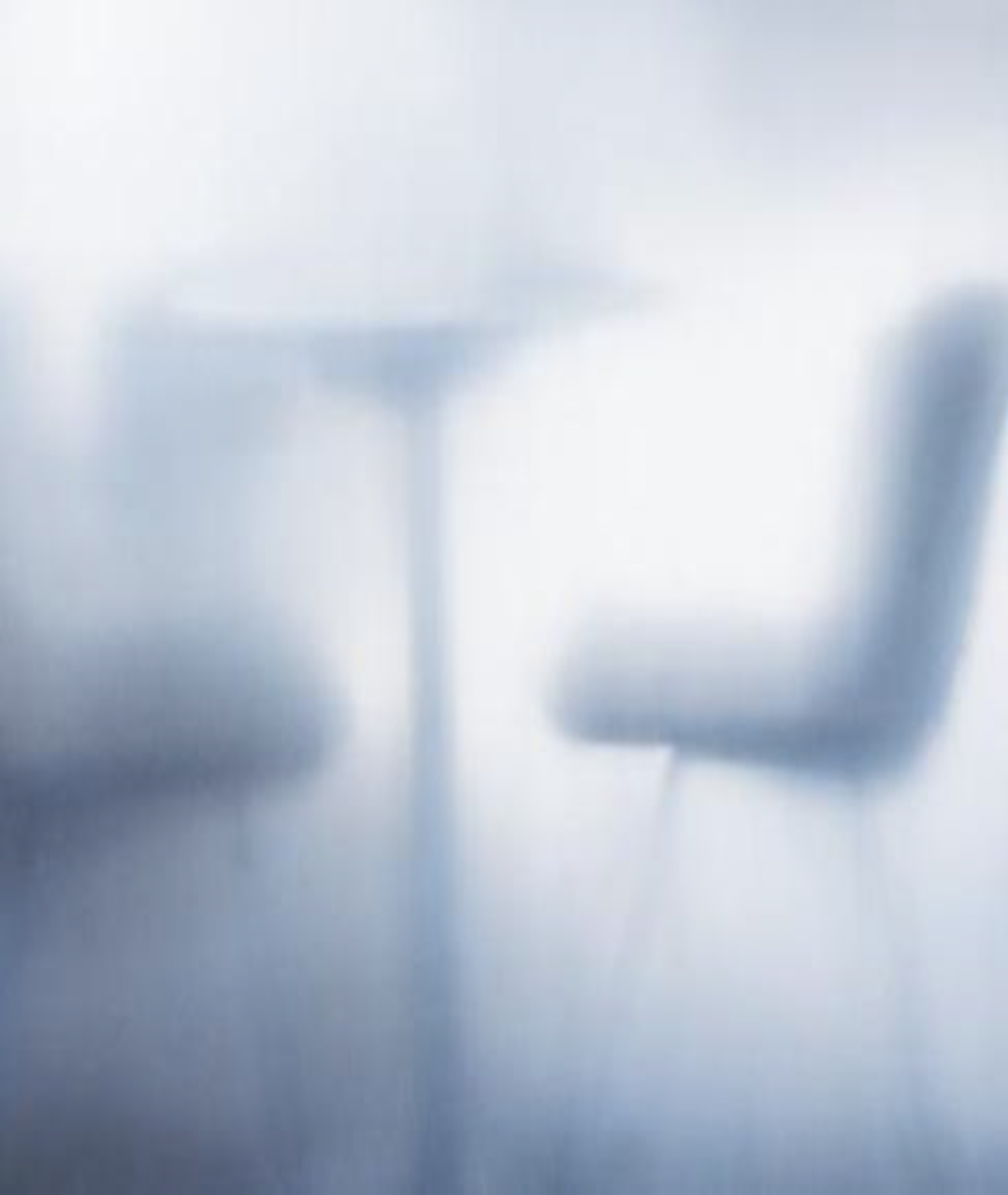
Example of acid etched glass feature.
Aquatex
Aquatex offers both obscurity and light diffusion, allowing architects and designers to achieve their unique aesthetic vision. A temperable solution, Aquatex also offers outstanding strength. This beautiful, durable solution can be used to create translucent works of art for a variety of applications.
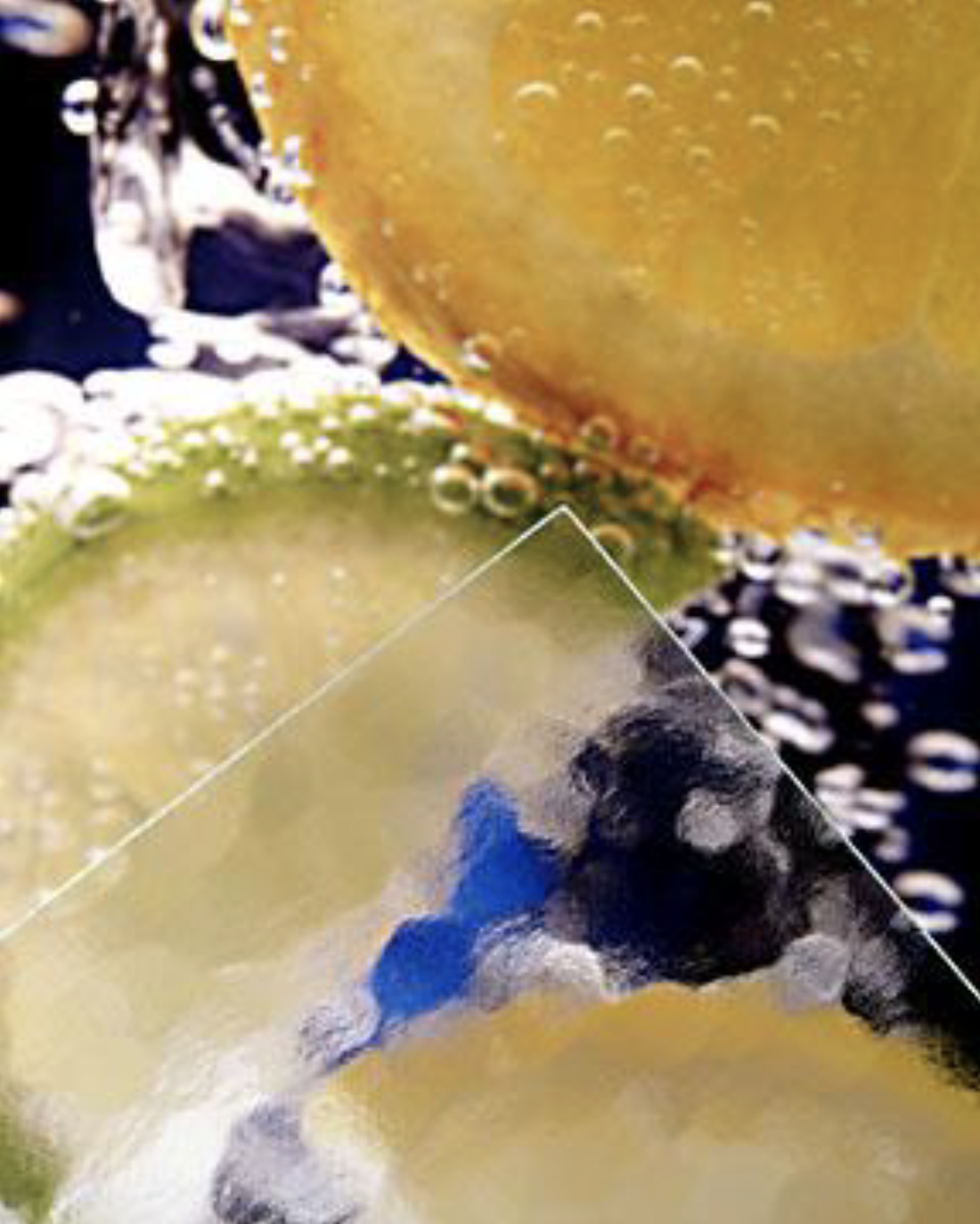
Example of Aquatex.
Antique Mirror – Leopard
Antique Revival: A new solution for a creative classic. Antique mirror is new again and better than ever before. The consistent, subtle pattern of Antique Mirror never feels obtrusive. Antique mirror is perfect for use as interior walls, tabletops, furniture inserts and other interior uses for a class feel in any environment.
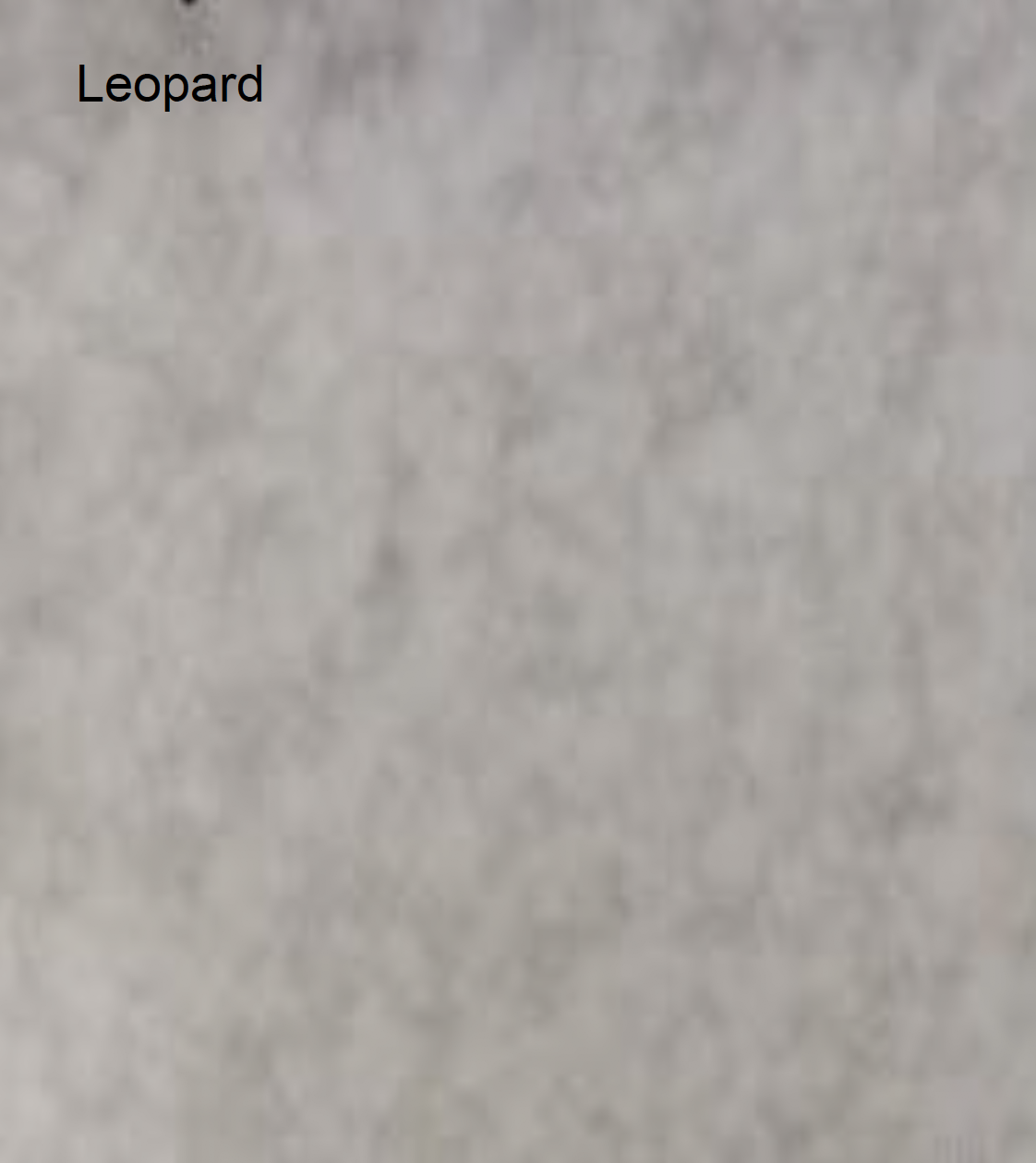
Example of Antique Mirror – Leopard.
Antique Mirror – Spring
Antique Revival: A new solution for a creative classic. Antique mirror is new again and better than ever before. The consistent, subtle pattern of Antique Mirror never feels obtrusive. Antique Mirror is perfect for use as interior walls, tabletops, furniture inserts and other interior uses for a classic feel in any environment.
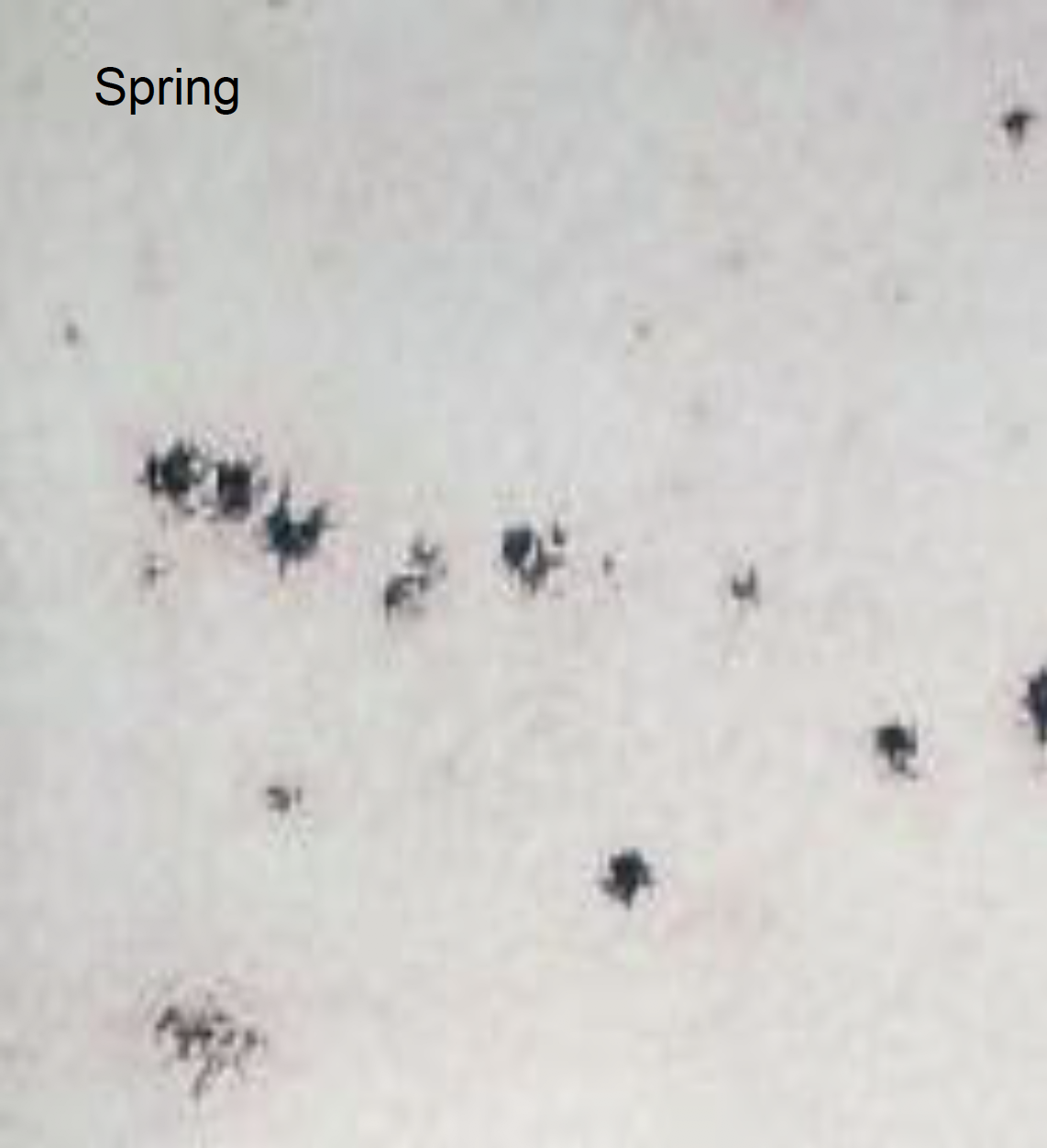
Example of Antique Mirror – Spring.
Black Painted Glass/Spandrel
Black Painted glass or Spandrel offers a distinct opaque finish on glass. Painted on one surface and highly obscure, black painted glass expands the possibilities for decorative glass. Easy to clean, durable. Black painted is both aesthetically pleasing and highly practical. This particular glass unlike true Spandrel is a solid painted surface with no pinholes. BEAUTIFUL WHEN BEVELED
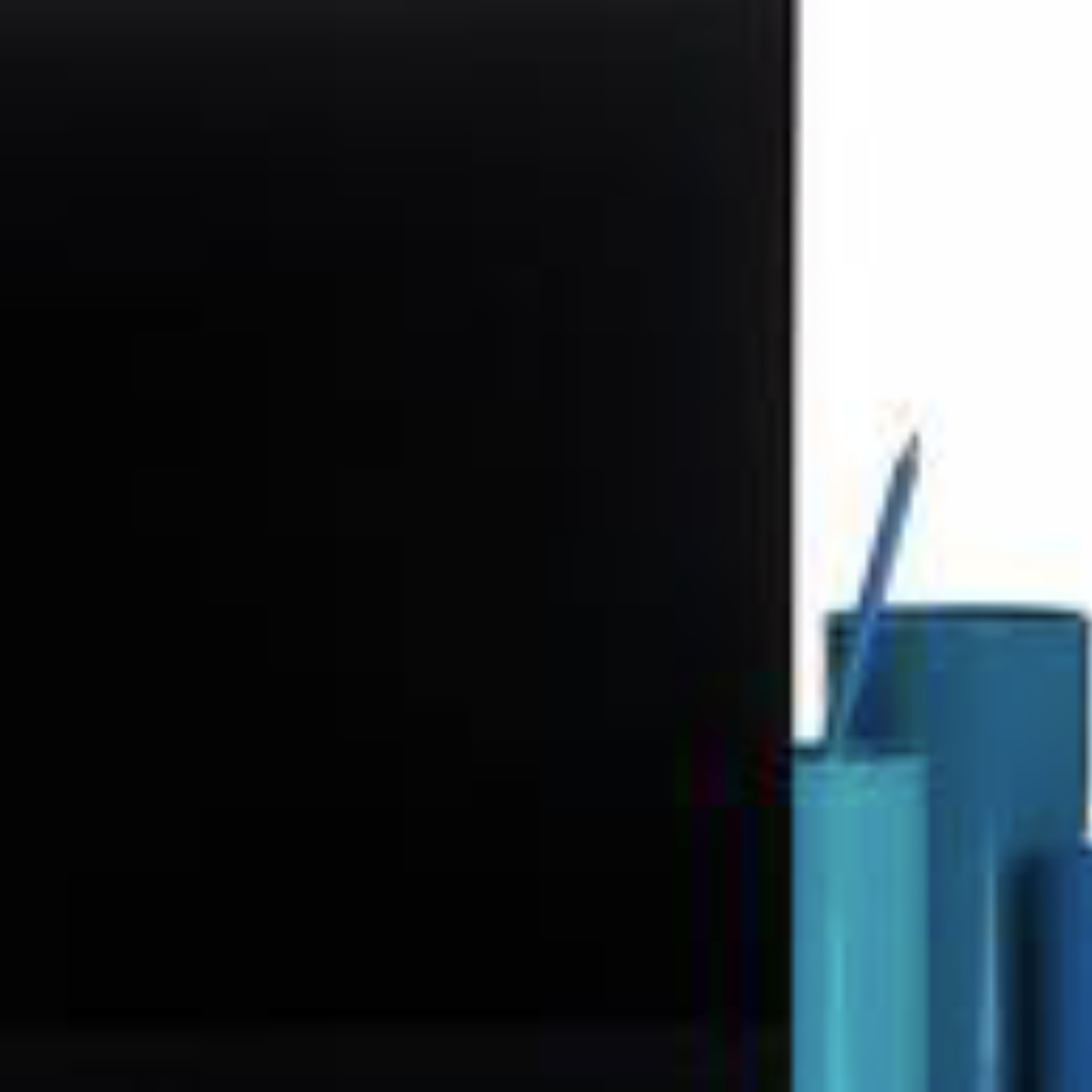
Example of Black Painted Glass/Spandrel.
Cotswold
Very close to a Rain Glass Pattern, Costwold offers a refreshing patterned glass option. This glass brings natural beauty indoors – offering obscurity, light diffusion, and a rippled pattern reminiscent of a summer shower.
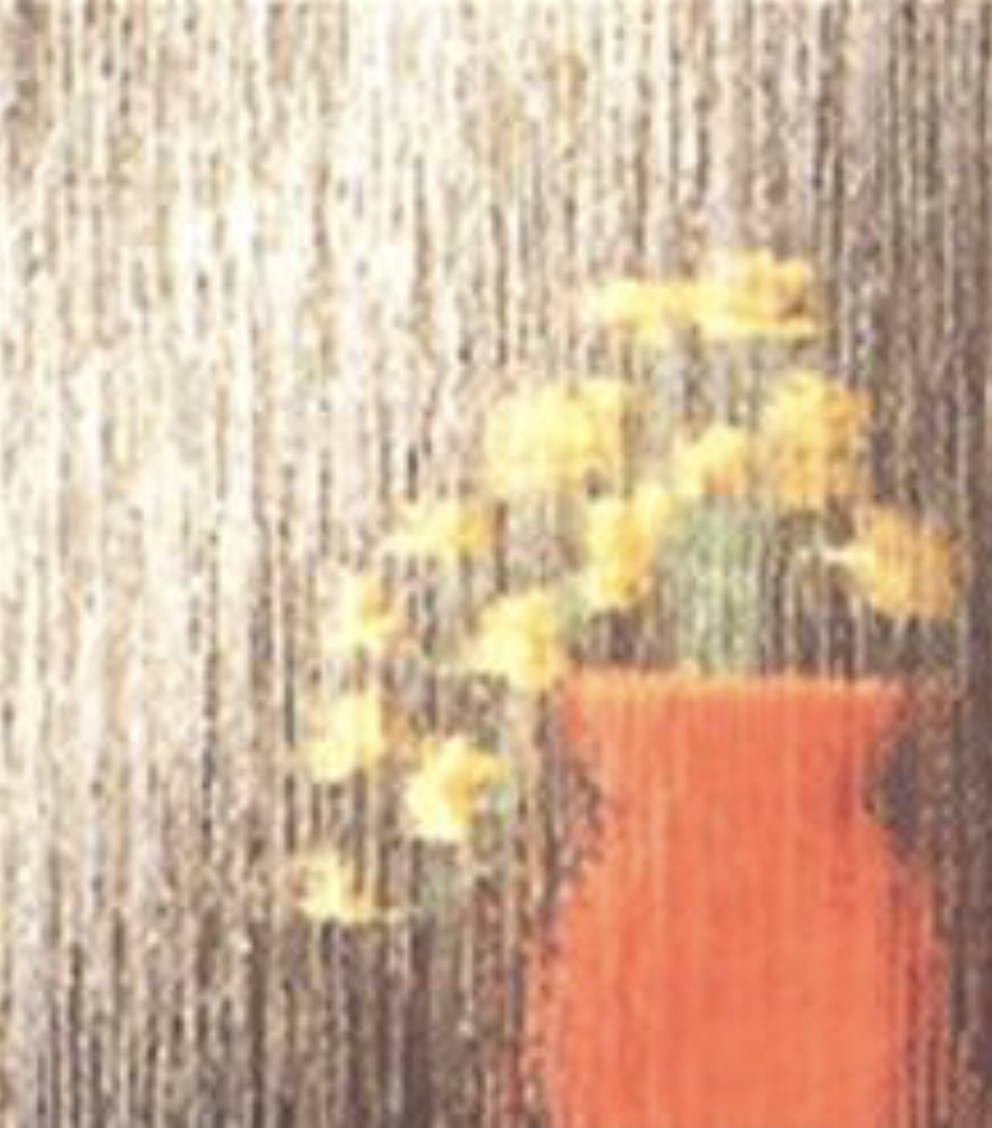
Example of Costwold.
Delta Frost
An ideal glass when total privacy is important. It can be easily cut and tempered. The background is frosted and the design raised and more clear. Uses include entryways, cabinet door inserts and accents in leaded glass panels.
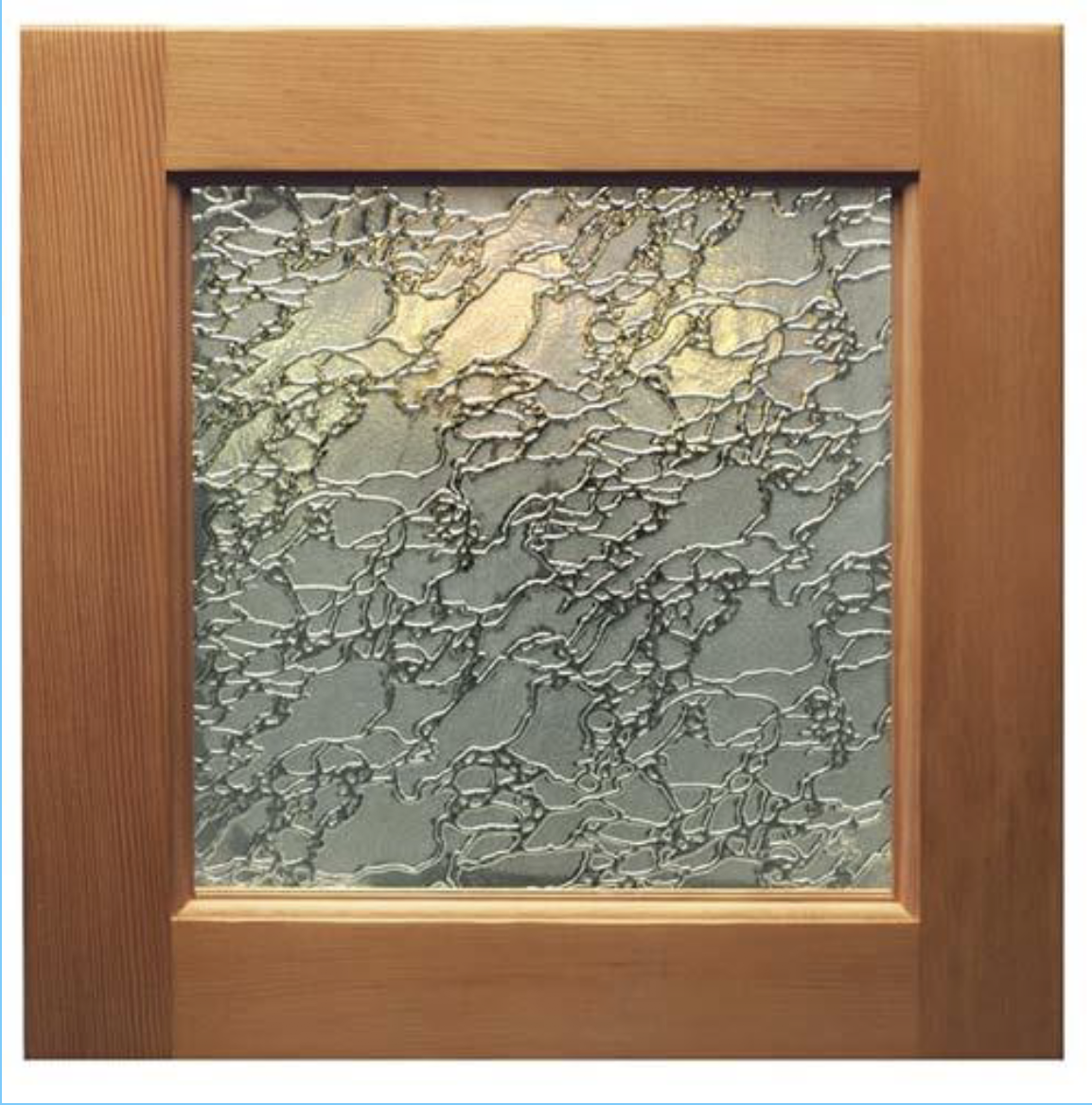
Example of Delta Frost.
German Antique
As the name implies, the subtle striations on the surface of this glass simulate the look of mouth blown antique glass.
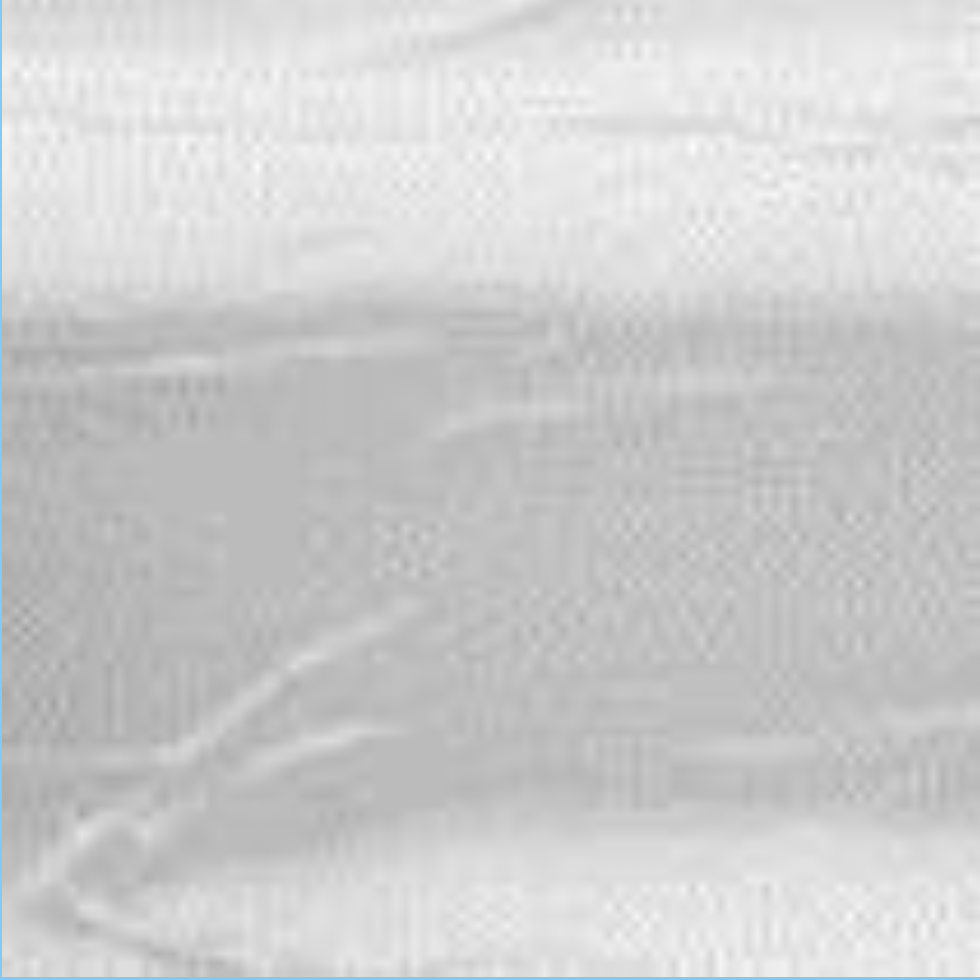
Example of German Antique.
Glacier Glass/Flemish
A groundbreaking patterned product, Glacier Glass combines subtle obscurity and exceptional clarity – with a unique “fire-polished” look that complements many design visions. Glacier is a revolutionary patterned solution that features a distinctive “ice-like” appearance reminiscent of expensive cast-glass products. Practical and beautiful, Glacier offers both subtle obscurity and exceptional glass clarity.
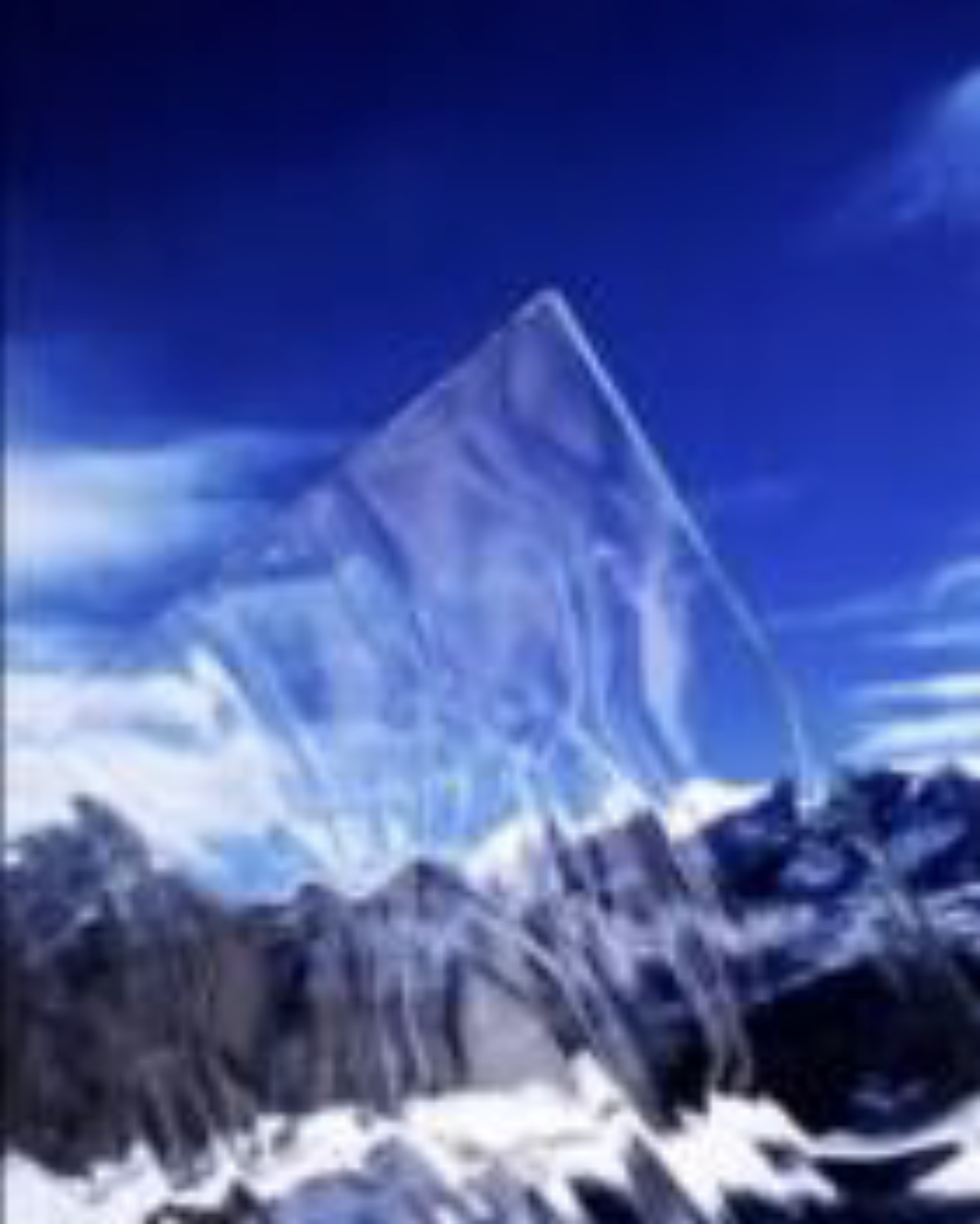
Example of Glacier Glass.
Monumental
One of our newest products. Monumental can be classified as obscure.
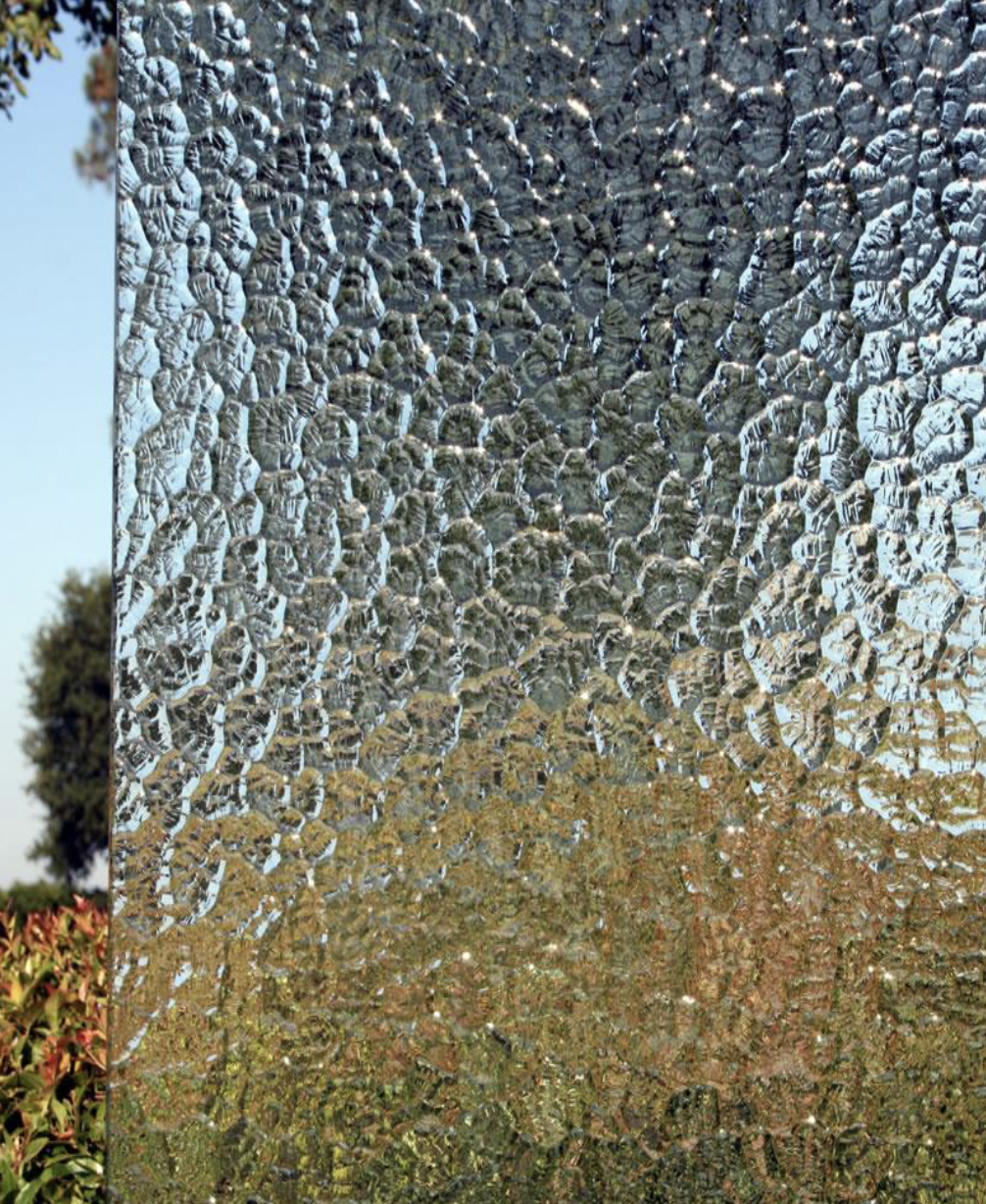
Example of Monumental.
Pattern 62
available in 1/8 and 3/16
Pattern 62 is a longtime favorite of commercial, residential, and special glass customers – available in a range of thicknesses, and suitable for both tempering and laminating.
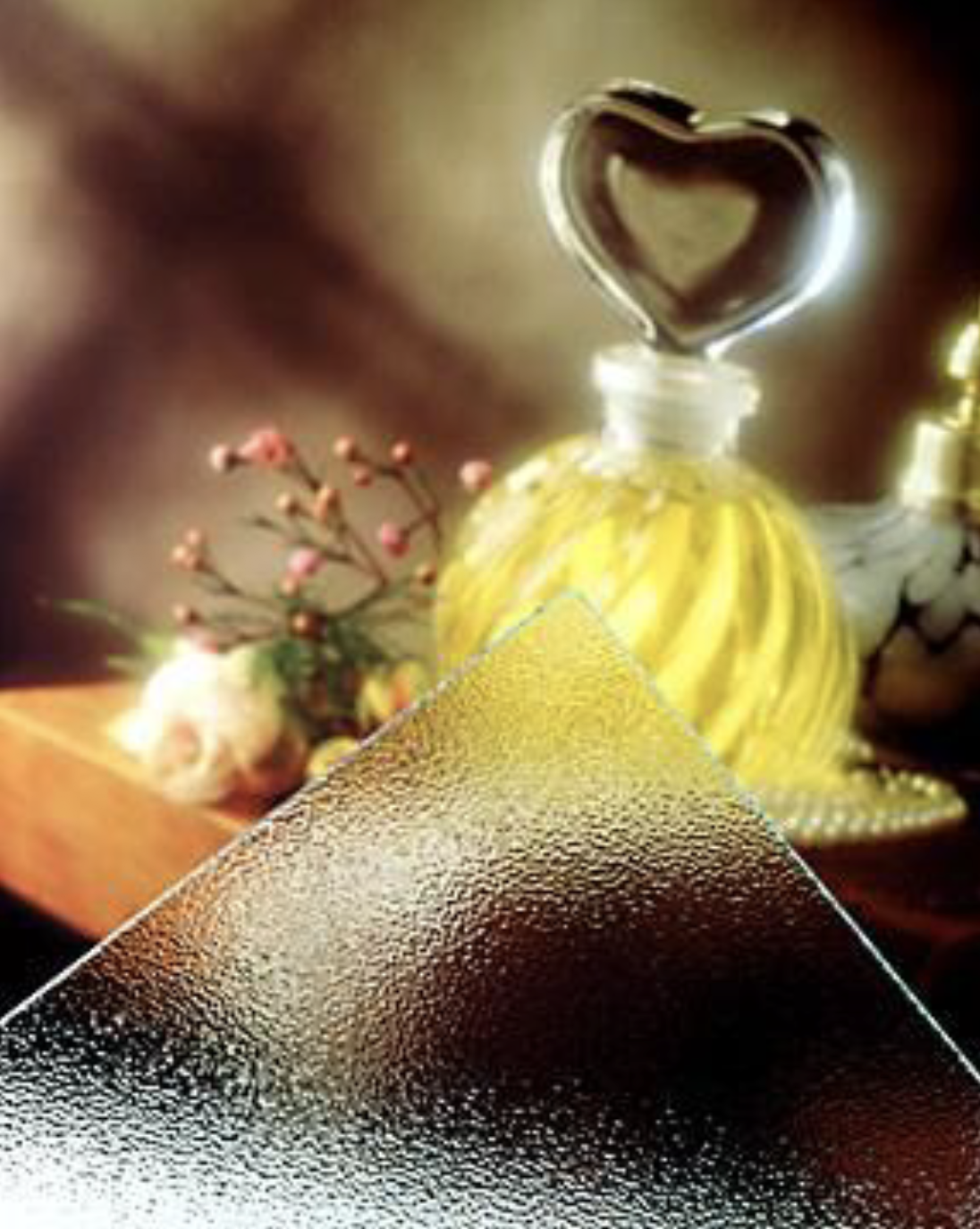
Example of Pattern 62.
Rain Glass
available in 3/16 and 3/8
A refreshing patterned glass option, Rain Glass brings natural beauty indoors – offering obscurity, light diffusion, and a rippled pattern reminiscent of a summer shower. With a rippled effect that recalls a summer rain shower, this stylish solution brings a touch of the outdoors inside – with its combination of natural harmony and kinetic beauty.
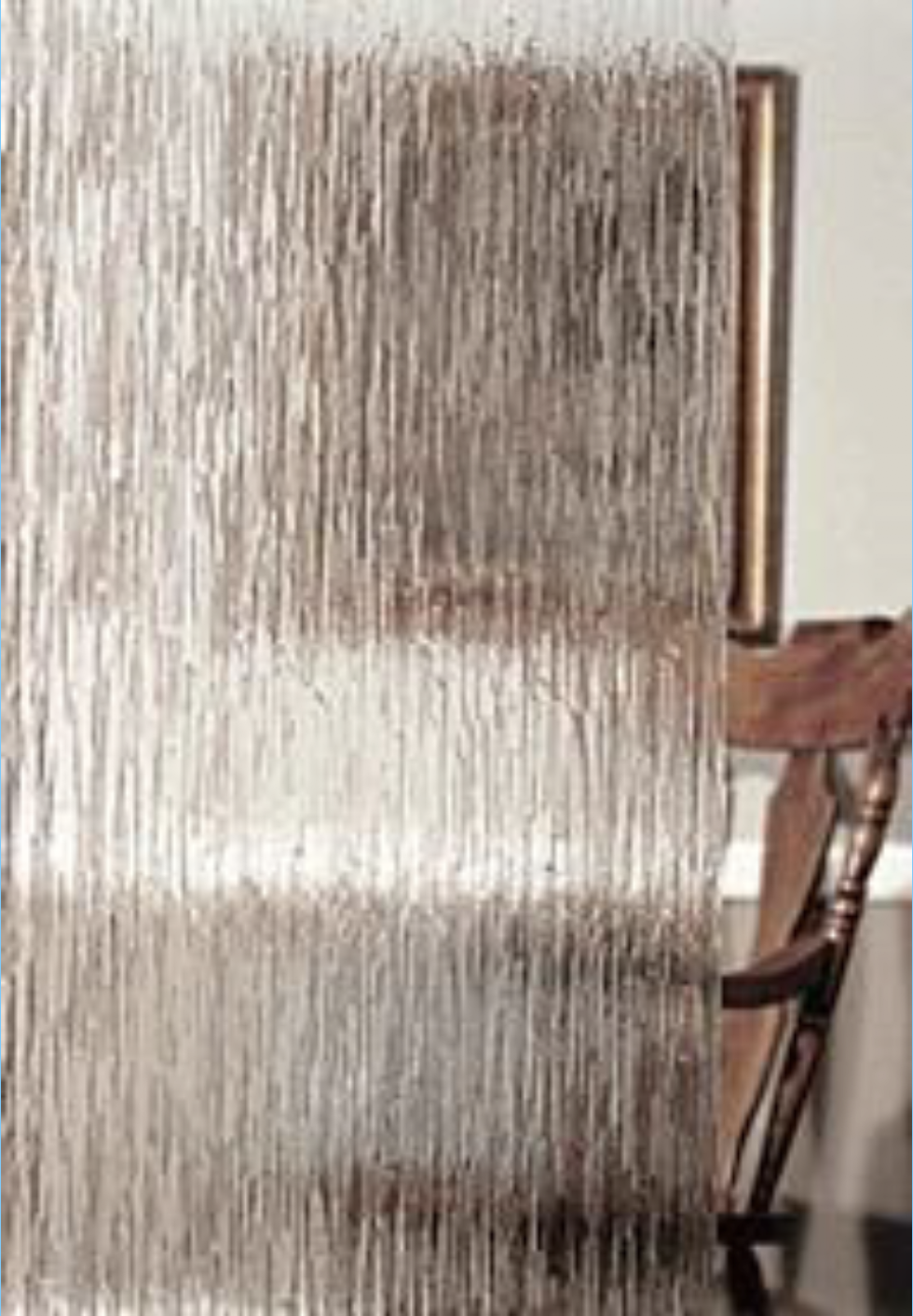
Example of Rain Glass.
Reeded Glass
Slightly different than Krystal Flutex in clarity and thickness, but a more economical choice over Krystal. As attractive as Krystal and like Krystal can be used for interior partitions, door treatments or decorative furniture. Reeded can be tempered and possesses extreme strength and durability.
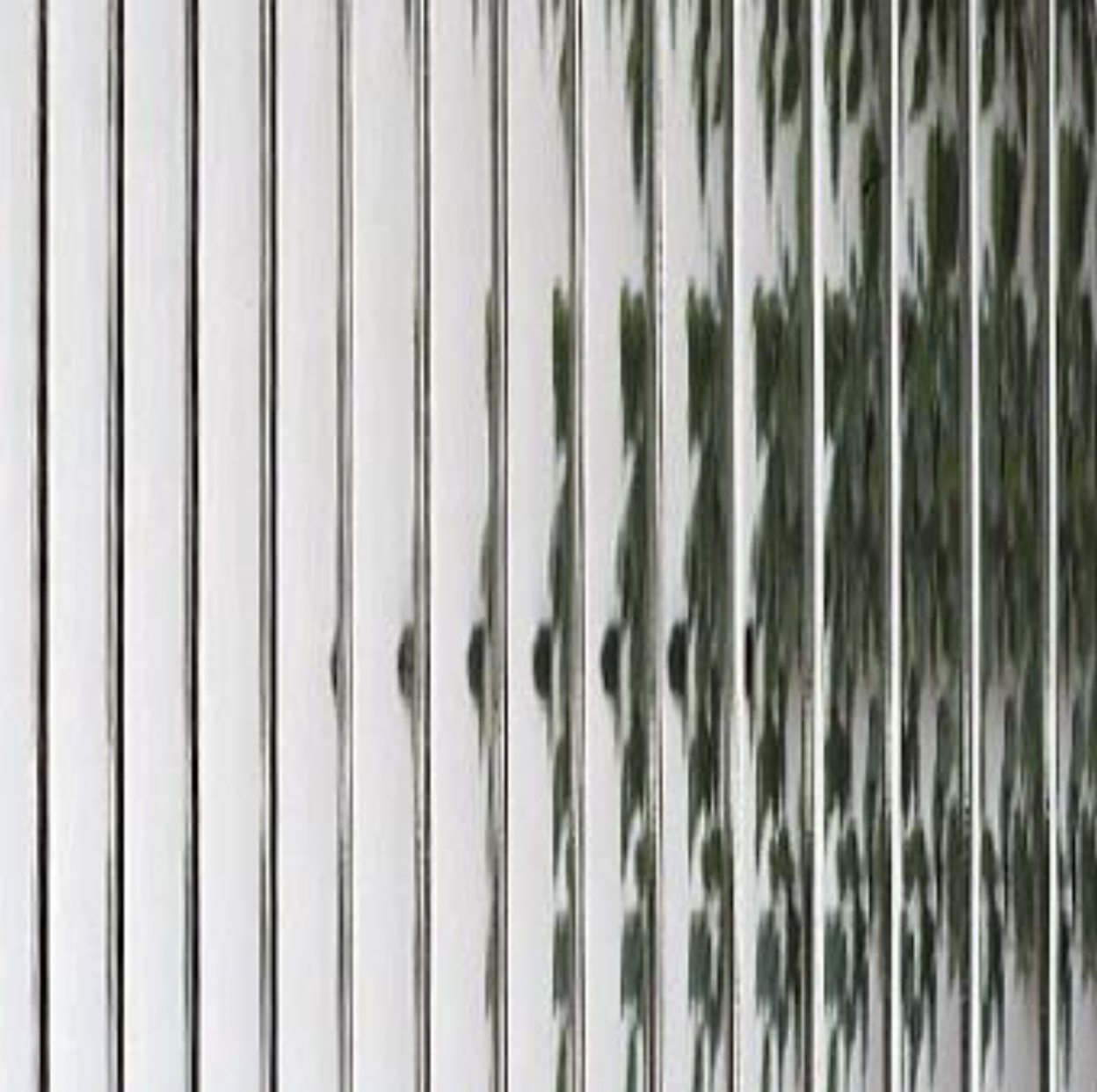
Example of Reeded Glass.
Seedy
Small, elongated bubbles evoke the character of antique glass.
CANNOT BE TEMPERED, but can be triple insulated as in IG.
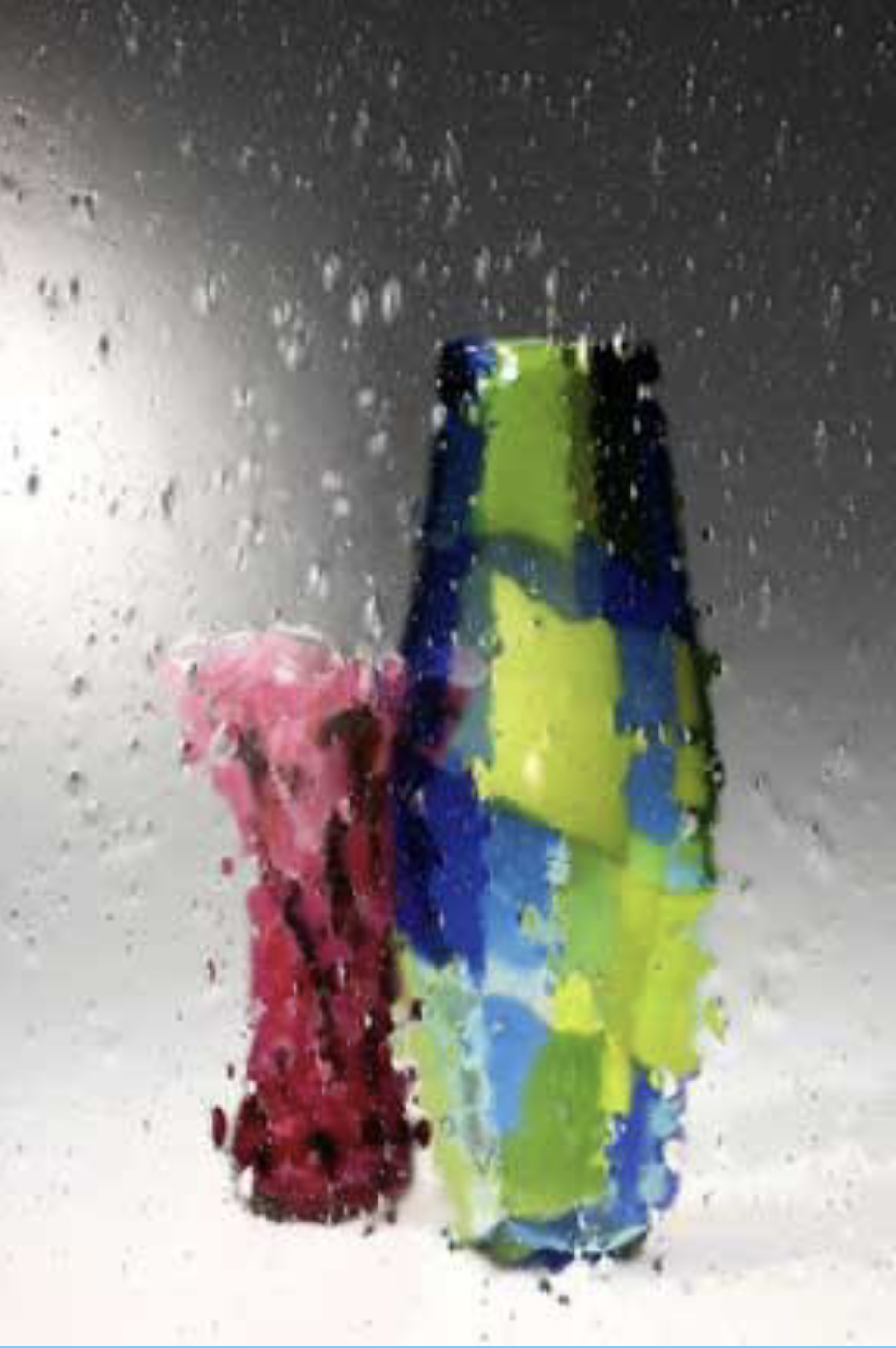
Example of Seedy.
Taffeta
One of our newest products Taffeta can be classified as obscure. The swirling patterns in the glass give it a Victorian look. Made to resemble the texture of the taffeta fabric, this pattern brings whimsy to many possible applications.
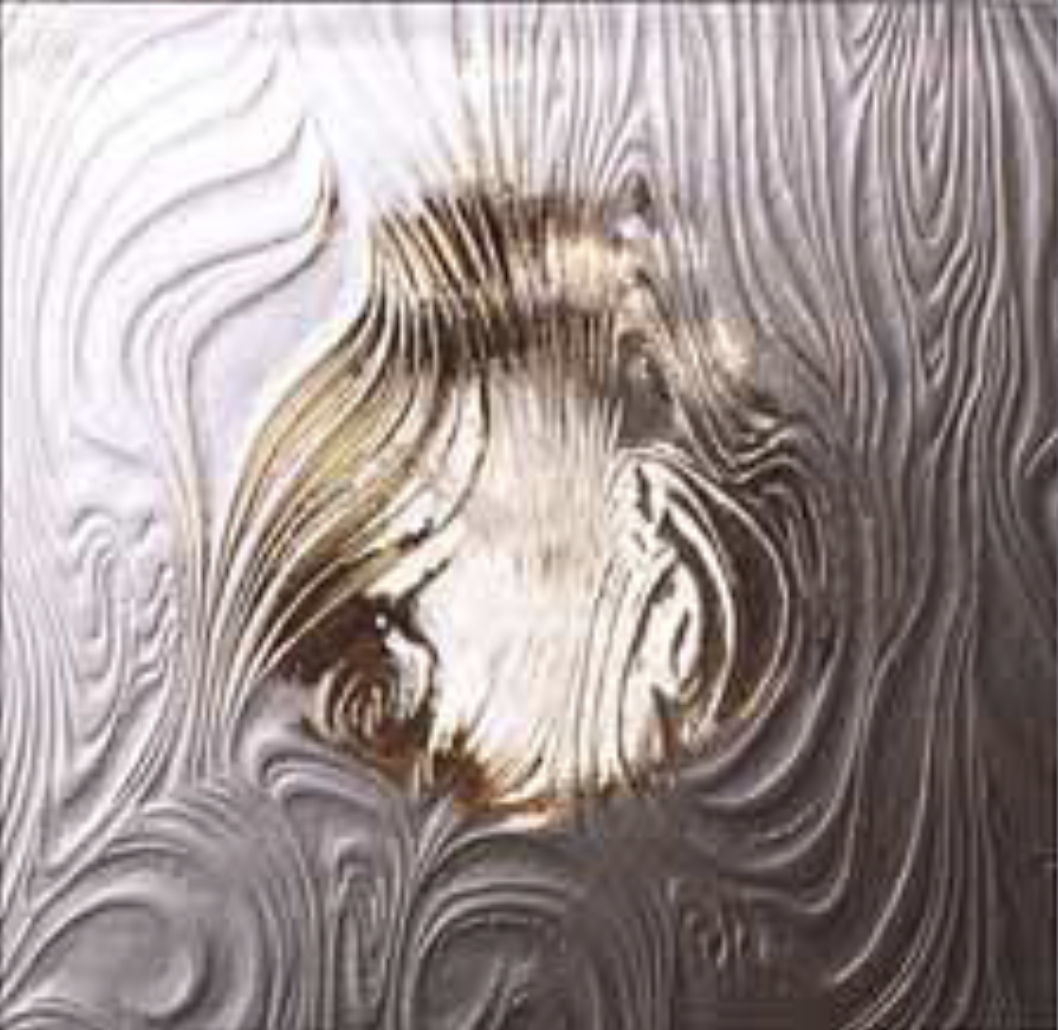
Example of Taffeta.
Wintercreek
This window glass is nearly clear with ice-like distortion of the image viewed through it. Though still clear, Winterlake offers the obscurity desired in applications like decorative windows glass and partitions.
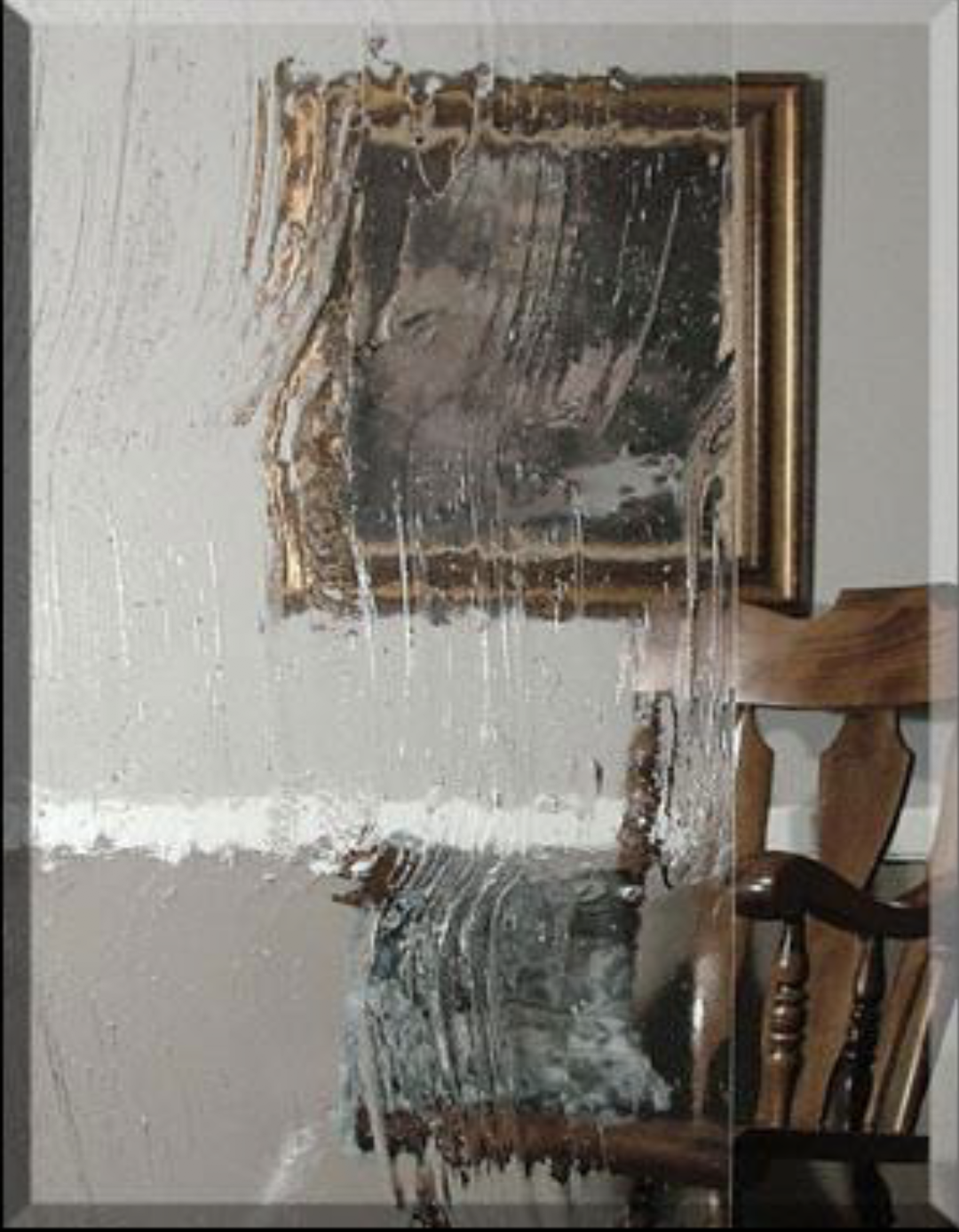
Example of Wintercreek.

